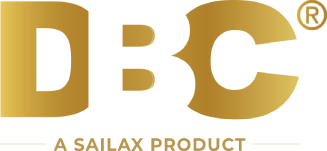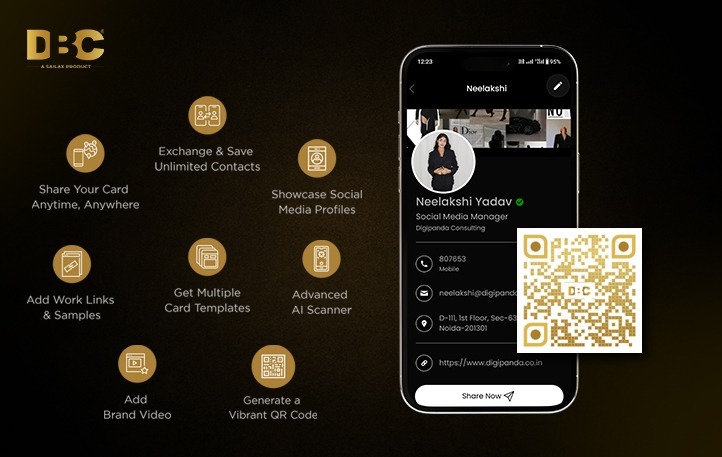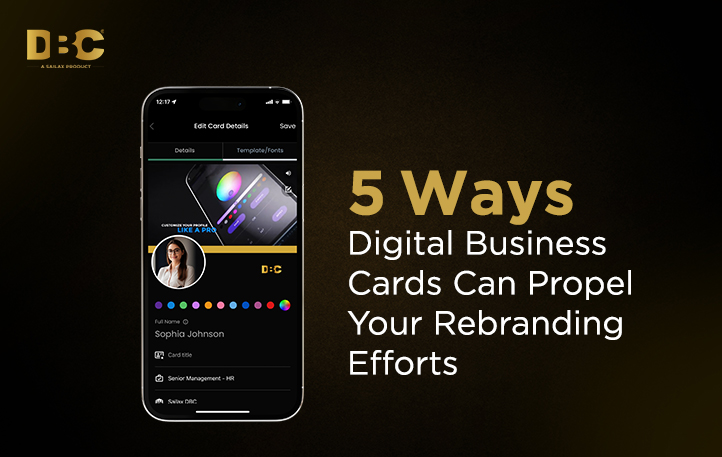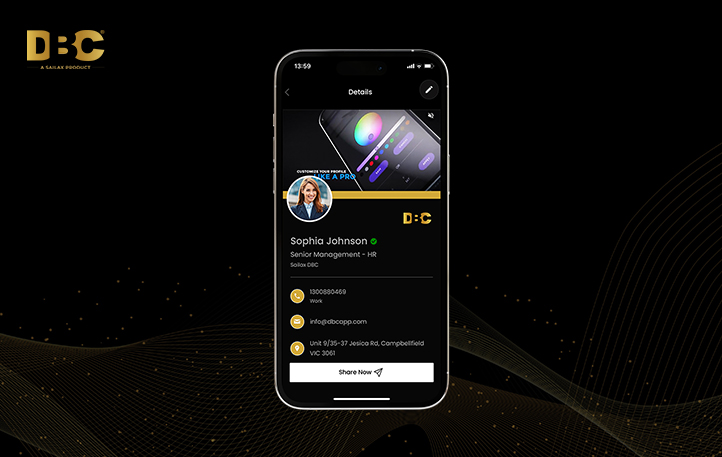The Mobile Networking Revolution: How Digital Business Cards are Reshaping Connectivity
Digital business cards are gaining popularity at an exceptional rate due to their affordability, sustainability, and complete customizability. What sets them apart is the perpetual availability – they never run out, eliminating the need for frequent reordering. This innovative solution aligns perfectly with the modern age, where adaptability and eco-conscious choices are at the forefront of business practices.
The networking realm has undergone a remarkable transformation, primarily driven by the widespread adoption of mobile devices. With smartphones becoming an integral part of our daily lives, the way we connect, communicate, and exchange information has evolved significantly. Amidst this digital revolution, Digital Business Cards have emerged as a seamless and innovative solution, seamlessly integrating into the changing landscape of mobile networking.
The Rise of Mobile Devices in Networking

The advent of mobile devices was the initiation of a new era in networking, redefining the way individuals and businesses interact. Mobile phones have evolved from mere communication tools to powerful computing devices, connecting people across the globe at the touch of a button. The surge in smartphone usage has given rise to an interconnected world, where information is exchanged in real-time, transcending geographical boundaries.
The proliferation of mobile devices has led to a shift from traditional networking methods to more dynamic and accessible platforms. Social media, instant messaging apps, and cloud-based services have become the norm, fostering a digital ecosystem where individuals and businesses can establish and nurture connections effortlessly.
Digital Business Cards – A Modern Networking Solution
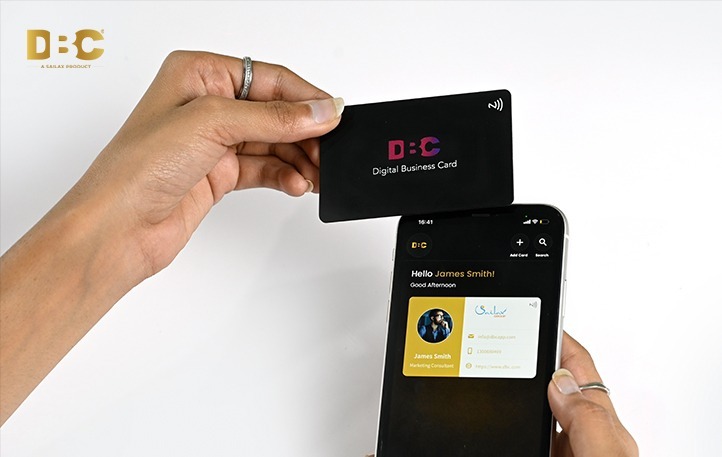
In this age of connectivity, print business cards are gradually becoming obsolete. The Sailax DBC has stepped in to fill the void, offering a contemporary and sustainable solution for networking in the digital era. These virtual cards leverage the power of mobile devices, enabling users to share their professional information seamlessly and efficiently.
Sailax Digital Business Cards allow users to create a personalized and interactive profile that can be shared with a simple tap on a smartphone. This eliminates the need for physical cards, reducing waste and contributing to a more sustainable networking culture. The digital format also allows for dynamic updates, ensuring that your contacts always have access to your latest information.
Integration with Mobile Devices
Digital Business Cards are designed to integrate seamlessly with mobile devices, capitalizing on smartphones’ features and capabilities. The cards are accessible through web links or QR codes, making it easy for recipients to save and access the information on their smartphones. This integration ensures that networking becomes a fluid and instantaneous process, aligning with the fast-paced nature of modern business interactions.
Additionally, digital business cards can be easily stored in digital wallet applications, further enhancing their accessibility. This convergence of digital business cards with mobile wallets streamlines managing and organizing professional contacts, eliminating the clutter associated with physical cards.
The Interactive Edge
Unlike print visiting cards, digital versions offer an interactive edge that engages recipients and leaves a lasting impression. Sailax Digital Business Cards support multimedia elements such as images, videos, and links, allowing users to showcase their portfolios, projects, or achievements directly from their virtual cards.
This interactive feature not only enhances the user experience but also provides a more comprehensive and dynamic representation of one’s professional identity. As mobile networking evolves, the ability to convey a rich and engaging profile becomes increasingly valuable, and digital business cards serve as a versatile tool to achieve this.
Real-time Updates and Customization
In the dynamic world of business, staying current is paramount. Print business cards, with their static information, often need to be updated shortly after printing. Sailax Digital Business Cards address this issue by allowing users to make real-time updates to their profiles.
Whether it’s a change in job title, contact information, or a recent accomplishment, users can instantly update their digital cards, ensuring that their network is always informed with the latest details. This adaptability aligns perfectly with the dynamic nature of modern business relationships, where staying relevant is key to success.
Global Connectivity
The mobile networking revolution has obliterated geographical barriers, allowing individuals and businesses to connect globally with ease. Sailax DBC contributes to this global connectivity by providing a universally accessible and shareable format for professional information.
Through the power of mobile devices, users can exchange digital cards seamlessly, fostering connections across continents. This level of accessibility is particularly beneficial for businesses with international reach, as it enables them to establish and maintain relationships on a global scale.
The Bottom Line
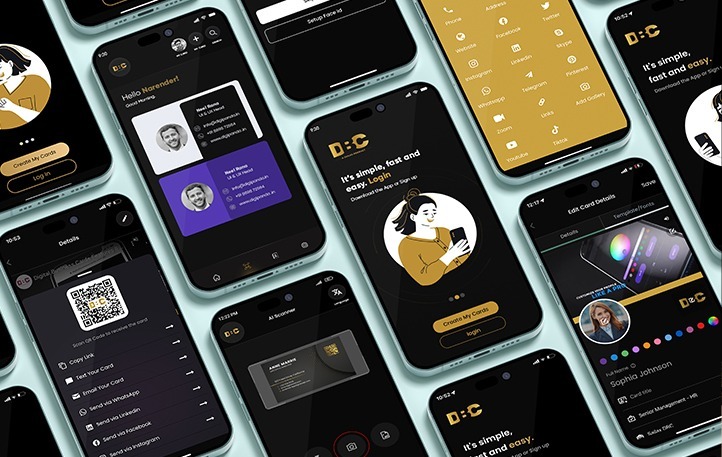
The mobile networking revolution has brought about a paradigm shift in the way we connect and communicate. As mobile devices continue to play a central role in shaping the future of networking, innovative solutions like Sailax Digital Business Cards are redefining how professionals exchange information.
Sailax DBC works on the phenomenon of “modern problem requires a modern solution.” In a world that thrives on real-time interactions and dynamic connections, digital business cards offer a sustainable alternative to print visiting cards. With seamless integration into the mobile landscape, interactive features, real-time updates, and global accessibility, these digital cards are at the forefront of the evolving networking landscape.
As we navigate the digital age, embracing tools that leverage the power of mobile devices will undoubtedly become essential for individuals and businesses alike. Sailax DBC stands as a testament to the transformative potential of technology in reshaping connectivity and enhancing the way we network in the modern era.
